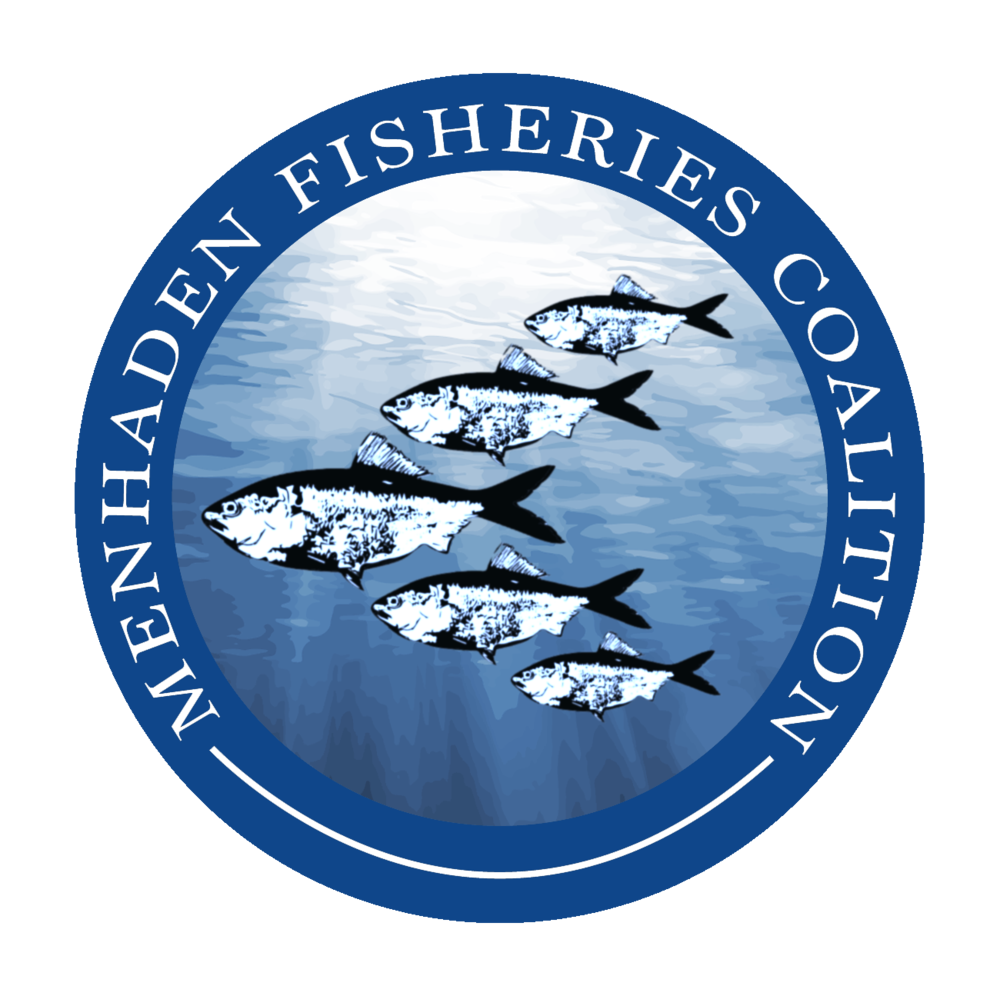Restrictive Louisiana Menhaden Legislation Would Have Major Costs; New Report Details Fishery’s Economic Value
BATON ROUGE, LA / April 29, 2022
A bill introduced in the Louisiana State Legislature earlier this month would enact harsh restrictions on menhaden fishing within the three miles from shore comprising the state's waters. Now a new economic report, funded by the Science Center for Marine Fisheries (SCEMFIS), shows the economic importance of the Gulf menhaden fishery to Louisiana and Mississippi, illustrating how devastating such legislation could be to coastal communities.
Produced by Thomas J. Murray and Associates and led by a respected former Virginia Institute of Marine Science economist, the report shows that over two-thirds (67.7 percent) of the overall Gulf menhaden catch coastwide occurs within three miles of shore, generating $285 million in economic output. Menhaden fishing in these state waters supports 1,400 jobs, according to the report. Overall, the Gulf menhaden fishery generates $419 million in economic output and supports 2,059 jobs.
Louisiana HB1033 would cap landings within three miles of the Louisiana coastline at 260,000 metric tons (MT), which proponents of the bill acknowledge is likely too low. Additionally, the bill would impose progressively harsher catch limits closer to shore, capping landings at 104,000 MT or 5,250 sets between one and two miles from shore, and 52,000 MT or 2,650 sets within one mile of shore. According to the Murray and Associates report, the fishery made over 25,000 sets within one mile of shore between 2015-2019, and another 29,000 sets between one and three miles from shore.
Menhaden Fishing Boat
Despite attempts at further regulation, the Gulf menhaden fishery is already being sustainably managed. The most recent stock assessment found that the species is not overfished nor is overfishing occurring. Since 2019, the Gulf menhaden fishery has been certified sustainable by the Marine Stewardship Council.
"This report demonstrates that these proposals would likely cause real economic harm to not just the menhaden fishery, but to the coastal communities that rely on it," said Ben Landry, Director of Public Affairs at Ocean Harvesters, which operates a fleet of menhaden fishing vessels. "Severely restricting our fishermen in state waters is both damaging and unnecessary."
The report looked at the direct, indirect, and induced impacts of the fishery, which is one of the largest in the region. To get a complete picture of the fishery's economic footprint in Louisiana and Mississippi, the report considered the value of menhaden landings themselves, income generated from fishing, employment activity, and business and tax revenues.
Using landings and employment data provided by the fishery, as well as a statistical model to estimate economic impact, the report found $260 million in direct economic output. It found an additional $45 million in indirect economic output from interactions with other economic sectors that rely on the menhaden fishery and marketing related industries. It found $115 million in induced "third wave" output from increased household expenditures on goods and services throughout the region thanks to the fishery. And it found $25 million in state and local business taxes generated by the fishery.
The report further broke down impacts based on where menhaden were caught relative to shore. The single largest portion of the fishery's economic impact occurred within one to three miles of shore, with $147 million in output coming from those areas, supporting 719 jobs.
SCEMFIS is partially funded by a grant from the National Science Foundation as part of its Industry-University Cooperative Research Centers program.
About the MFC
The Menhaden Fisheries Coalition (MFC) is a collective of menhaden fishermen, related businesses, and supporting industries. Comprised of businesses along the Atlantic and Gulf coasts, the Menhaden Fisheries Coalition conducts media and public outreach on behalf of the menhaden industry to ensure that members of the public, media, and government are informed of important issues, events, and facts about the fishery.

